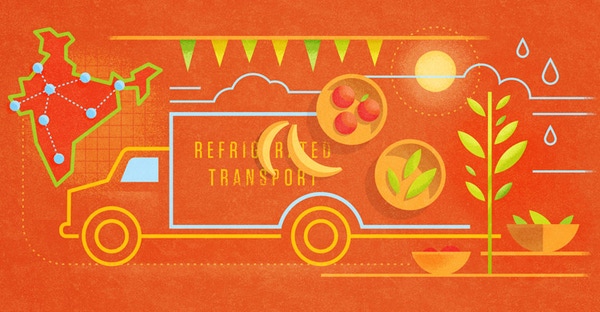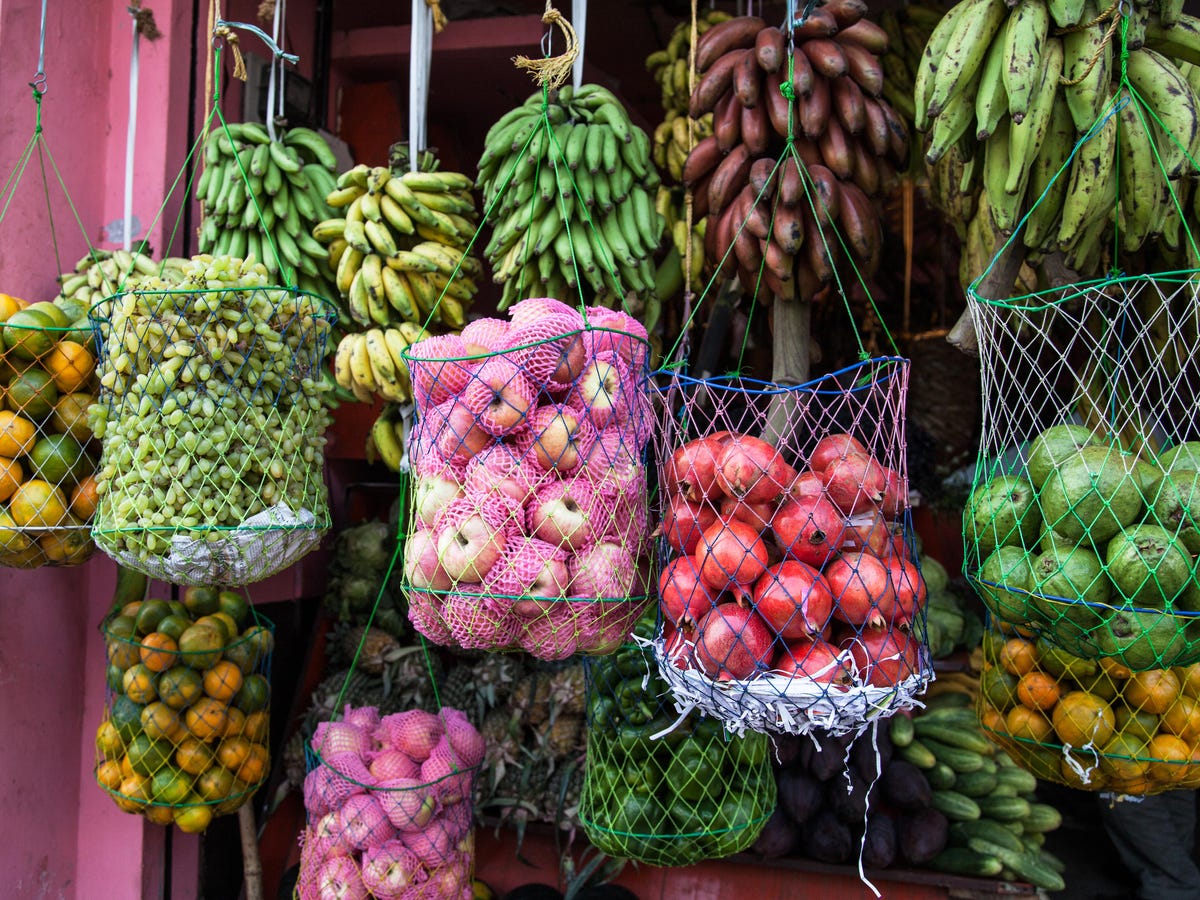Smart innovations and solutions designed for industries critical to the world’s food supply, energy and productivity.

|
REDUCING FOOD LOSS |
“The policies of the Indian government are bringing investments from international players, international experience, international design and international technology into this market,” said Abel Gnanakumar, Emerson’s vice president of refrigeration in Asia. “We are leveraging our global experience to help India address a critical food safety and quality issue.” India has unique challenges due to its location and dense population. Many parts of the country experience weather extremes, so cooling technologies use more energy than in milder climates. Power outages are also a frequent occurrence, driving cold storage facilities to use costly backup generators. These obstacles make energy efficiency a key consideration. Emerson makes Copeland™ scroll compressors that are designed specifically for refrigeration, to help address these challenges and significantly reduce energy consumption. Compressors are a critical, energy-intensive technology in chilling and freezing. The company has made a longer-term commitment to India’s refrigeration needs, as well. Emerson has a cold chain and distribution center in Chakan, Pune. The center, about 90 miles east of Mumbai, helps cold chain operators and contractors to build the most technologically advanced, reliable and efficient cold rooms possible. It also helps them maintain them at optimal cost and energy levels. The cold chain largely exists behind the scenes and isn’t top-of-mind for most, but Emerson’s work in India will have a ripple effect for vast numbers of people as the country continues to serve a growing population. “We are trying to build from the foundation,” Gnanakumar said. “The major item that India is trying to tackle in terms of reducing food losses is developing an overarching strategy for cold chain and food transportation. When that comes into place, everything will start to develop.” As each link in the cold chain grows stronger, we see this critical technology put to the most sacred use: nourishing our families. |


